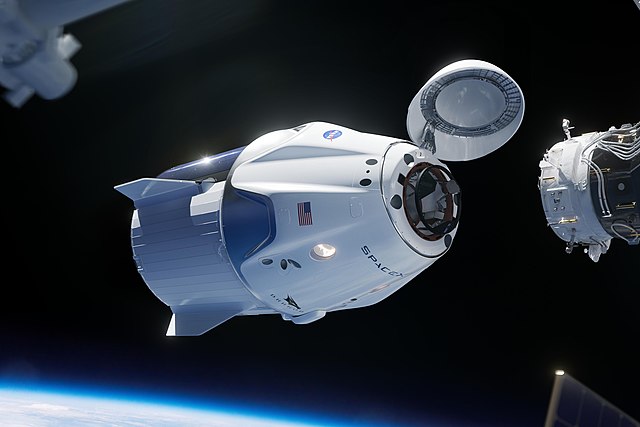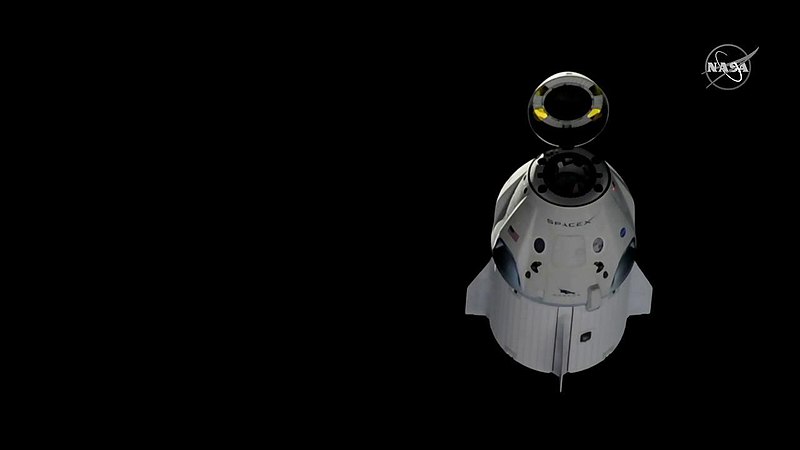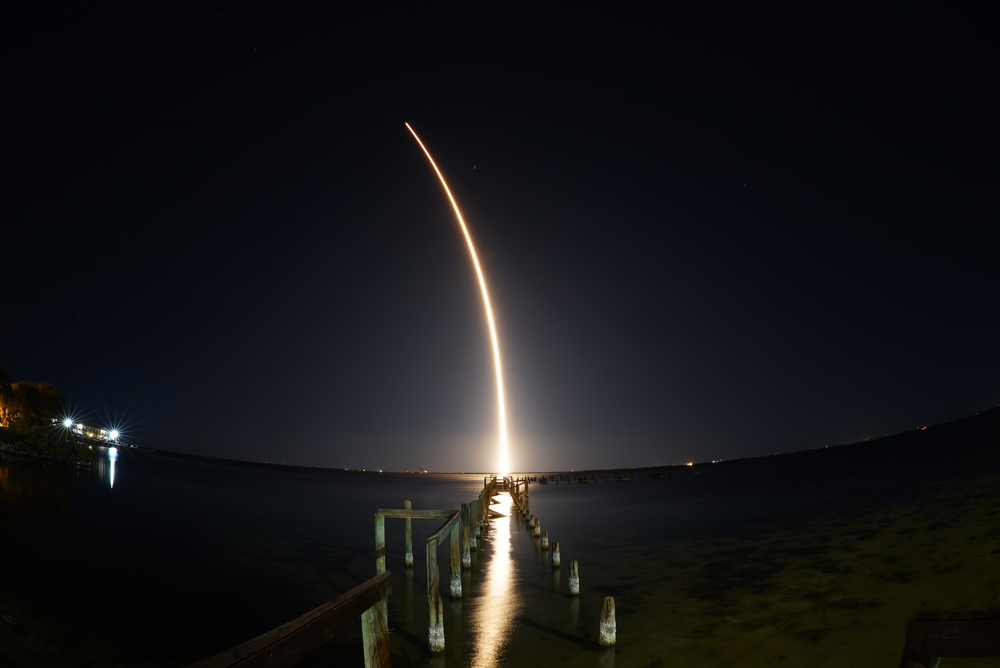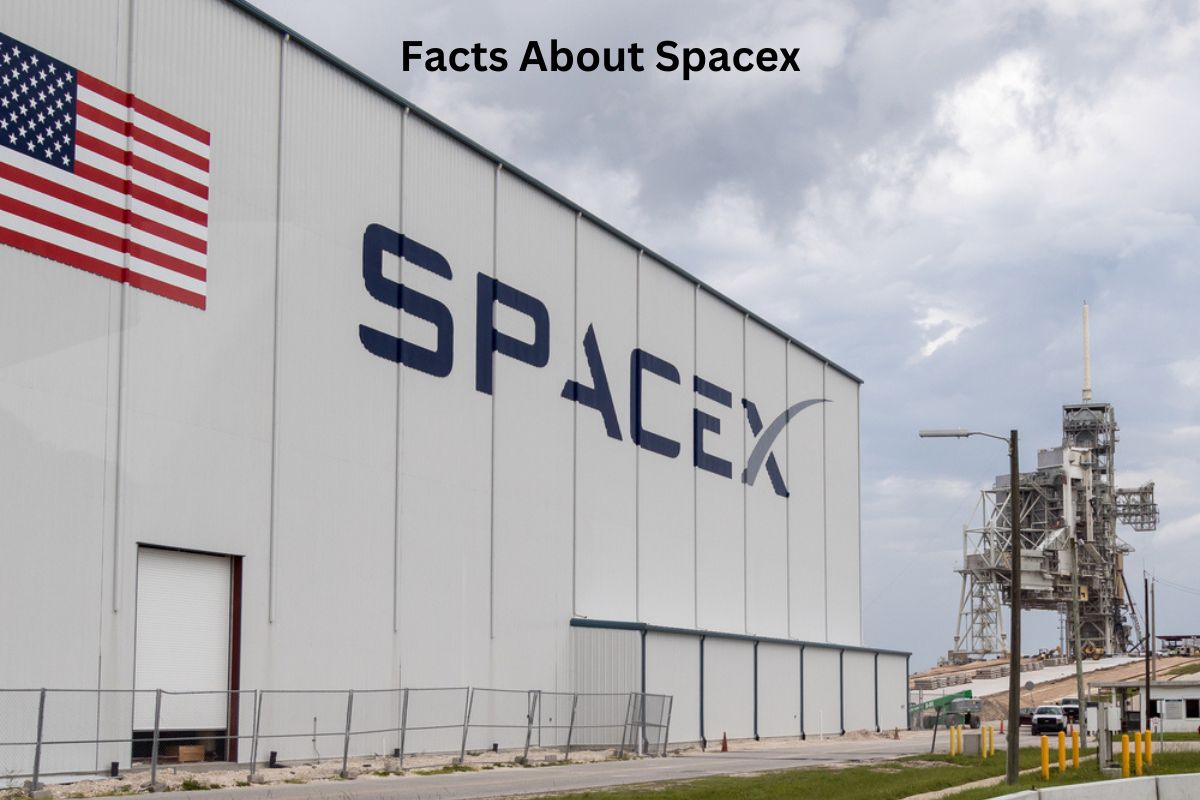SpaceX, short for Space Exploration Technologies Corp., is a groundbreaking aerospace manufacturer and space transportation company founded by visionary entrepreneur Elon Musk in 2002.
With a pioneering spirit and a mission to revolutionize space travel, SpaceX has achieved numerous milestones, including launching the first privately-developed rocket into orbit, introducing reusable rocket technology, and partnering with NASA for crewed missions to the International Space Station.
The company’s ambitious vision extends to colonizing Mars and providing global internet access through its Starlink project, solidifying its position as a key player in the future of space exploration and technology.
Spacex Facts
1. Founded by Elon Musk in 2002
SpaceX, officially known as Space Exploration Technologies Corp., was founded by entrepreneur Elon Musk.
Musk’s vision for SpaceX was to reduce the cost of space travel and make it possible for humanity to become a multi-planetary species.
He invested a significant portion of his own wealth into the company to kickstart its ambitious goals.

2. First private company to reach orbit with Falcon 1
One of SpaceX’s early milestones was the successful launch of the Falcon 1 rocket in 2008. This achievement marked a historic moment in space exploration because it made SpaceX the first privately developed company to send a liquid-fueled rocket into orbit.
The success of Falcon 1 demonstrated SpaceX’s capability to compete in the space industry and paved the way for future advancements.
3. Falcon 9 rocket introduced in 2010
In 2010, SpaceX introduced the Falcon 9 rocket, which has since become the company’s workhorse for launching payloads into space. The Falcon 9 is known for its reusability, meaning that its first stage can be recovered, refurbished, and flown again.
Also Read: Timeline of SpaceX
This reusability revolutionized the economics of space travel, as it significantly lowered the cost of launching payloads into orbit.
Falcon 9 has been used for a wide range of missions, including satellite deployments, cargo resupply missions to the International Space Station (ISS), and more. Its versatility and cost-effectiveness have made it a key player in the commercial space industry.

4. Dragon spacecraft for cargo and crew missions
SpaceX developed the Dragon spacecraft, which has played a pivotal role in both cargo and crew missions to the International Space Station (ISS).
The original Dragon, known as Dragon 1, was an uncrewed spacecraft designed to transport cargo to and from the ISS. It became the first commercial spacecraft to successfully return cargo from the ISS to Earth in 2010.
Also Read: International Space Station Timeline
Dragon 2, also called Crew Dragon, is an upgraded version designed for human spaceflight. It was developed under NASA’s Commercial Crew Program and became the first commercial spacecraft to carry astronauts to the ISS in May 2020.
Crew Dragon represents a significant advancement in spacecraft technology, with modern features, improved safety systems, and the ability to carry up to seven astronauts.
5. Focus on rocket reusability to lower costs
One of SpaceX’s most significant achievements has been its focus on rocket reusability. The Falcon 9 rocket, for instance, is designed to be partially or fully reusable.
After launching a payload into space, its first stage can return to Earth, land vertically on a drone ship at sea, or on a ground-based landing pad, and be refurbished for future flights.
Reusable rockets significantly reduce the cost of access to space, as they allow multiple launches with the same hardware. SpaceX has successfully recovered and relaunched Falcon 9 first stages multiple times, making it a pioneer in this field.

6. Developing Starship for Mars and beyond
SpaceX is developing the Starship spacecraft, which represents the company’s ambitious vision for the future of space exploration.
Starship is intended to be a fully reusable spacecraft capable of carrying both humans and cargo on missions beyond low Earth orbit. It is designed for deep-space exploration, including crewed missions to Mars and other destinations in the solar system.
Starship is expected to have a massive payload capacity, making it suitable for a wide range of missions, from crewed lunar landings to interplanetary travel. It is envisioned as the next-generation rocket that will eventually replace the Falcon 9 and Falcon Heavy.
SpaceX is conducting extensive testing and development of Starship prototypes, including orbital test flights, as it works towards making this ambitious spacecraft a reality.
7. Ambitious Mars colonization plans
Elon Musk, the founder of SpaceX, has articulated a bold vision for the future of humanity in space. He is highly focused on the idea of establishing a human settlement on Mars. Musk believes that making humanity a multiplanetary species is crucial for the long-term survival of our species.
SpaceX’s ambitious plan for Mars colonization involves using the Starship spacecraft to transport people and cargo to the Red Planet. While this vision is still in the early stages of development, it represents one of the most audacious goals in the history of space exploration.
8. Successful involvement in NASA’s Commercial Crew Program
SpaceX has been actively involved in NASA’s Commercial Crew Program, which aims to develop safe and cost-effective transportation to the International Space Station (ISS) for American astronauts.
The Crew Dragon spacecraft, designed and built by SpaceX, was selected by NASA as one of the vehicles to carry astronauts to the ISS.
In May 2020, SpaceX’s Crew Dragon Demo-2 mission successfully transported NASA astronauts Doug Hurley and Bob Behnken to the ISS, marking the first crewed launch from U.S. soil since the Space Shuttle program.

9. Starlink project for global satellite internet
SpaceX initiated the Starlink project to create a global satellite internet constellation. The company has launched thousands of small satellites into low Earth orbit to provide high-speed internet access to under-served and remote areas around the world.
Starlink aims to offer low-latency, high-bandwidth internet services, potentially revolutionizing internet access in remote and rural regions.
10. Numerous launch records and achievements in space exploration
SpaceX has achieved numerous records and milestones in the field of space exploration, including:
- Setting the record for the most satellites launched on a single rocket in January 2021, deploying 143 small satellites on a single Falcon 9 mission.
- Conducting the highest number of missions in a calendar year by any launch provider, reflecting SpaceX’s frequent launch cadence.
- Becoming the first privately-funded spacecraft to reach the International Space Station (ISS) with the Dragon 1 cargo spacecraft.
- Demonstrating the ability to recover and reuse rocket components, leading to significant cost savings and more sustainable space travel.
These records and achievements highlight SpaceX’s leadership in advancing space technology and its commitment to making space more accessible and sustainable.
